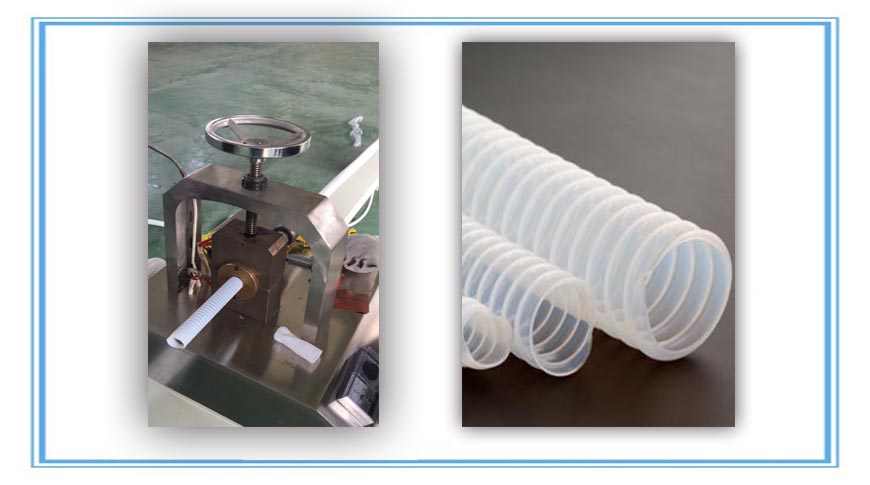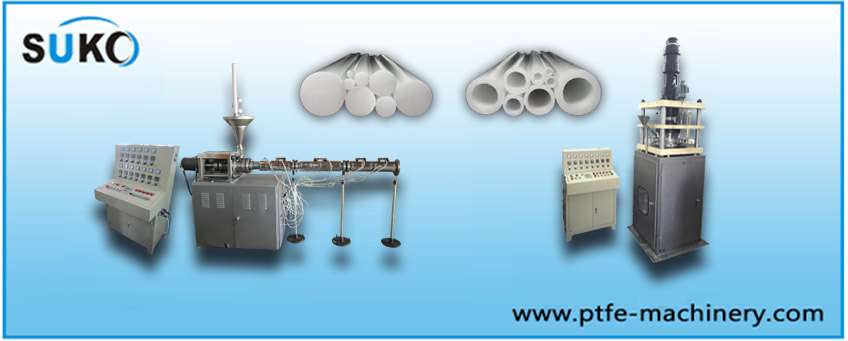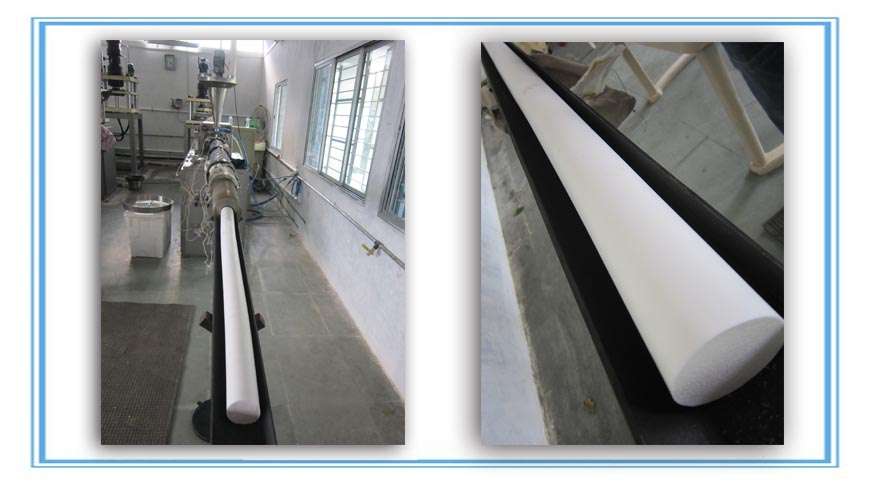Plastic extrusion is a process for converting plastic materials from solid to liquid states and reconstituting them as finished components. First, plastic pellets are gravity fed from a hopper into a jacketed screw. As the screw turns about its axis, it transports, melts, and pressurizes the plastic. From there, the molten material is forced through a die that shapes it into a specified cross-section, producing parts with a potentially wide range of lengths. During extrusion, plastics transform from solid to liquid and back again without sacrificing their distinctive properties. As a result, scrap parts can be ground and re-extruded with minimal degradation, making extrusion a popular method for reducing or recycling plastic waste.
Raw Thermoplastic Resins
Many plastic resin manufacturers sell both virgin and recycled goods made from extruded scrap that has been re-melted and returned to pellet form. These companies often purchase excess stock from production runs, obsolete parts, or unused resins for re-pelleting. This type of recycling can be a cost-effective and valuable method of eliminating industrial plastic waste.
In lieu of recycling, virgin thermoplastic resins can be purchased with laboratory certifications of purity, and standard technical grades are also available for general use. In addition, biodegradable plastics are increasingly prevalent, especially in blow-molded bottle production.
Resin manufacturers may add colorants, enhancers, or flock to their material in preparation for shipping. Subsequently, when fabrication companies receive the plastic stock, it is ready to be poured into the hoppers and extruded without little further pretreatment.
Single Screw Extrusion Machinery
There are numerous hardware considerations that can influence the quality of an extrusion. For example, screw geometry, screw rotation speed, and barrel heater temperature must be calibrated to suit the specific type of plastic being fabricated. Incompatible settings may hinder production or even damage the equipment.
As the main component of an extruder, the screw handles several tasks, including moving, melting, and pumping the plastic before it sends it through the die. A motor-driven gearbox with variable speeds usually turns the screw, which is enclosed in a tight fitting barrel. The mechanism is divided into three sections tailored to perform a sequence of specific tasks.
The feed section, located at the rear of the screw apparatus, contains a hopper that delivers resin pellets into the machine. As the screw turns, it draws the plastic forward with threads, or “flights.” Barrel heaters help the plastic develop a tacky skin to improve friction between the plastic and the barrel wall. Without this friction, it would be difficult for the plastic to achieve lateral movement.
As the plastic moves forward, it enters the transition, or melt, section. In this stage, the root diameter of the screw increases, while the flights decrease in size in order to melt the plastic by compressing and shearing it against the barrel wall.
The barrier screw is specifically designed with the transition section in mind. These screws have special barrier flights that improve mixing and melting by dividing the molten and solid plastic into separate channels. The barrier flights are smaller in diameter than regular flights, and provide a passage for melted plastic while blocking the solid pellets until they liquefy. As the plastic continues along the transition section, the melt channel increases in width, while the solid section decreases until there are no plastic pellets left.
After the plastic is melted and compressed, it is channeled into the metering section. Here, the plastic undergoes pressurized pumping, while the root diameter of the screw and the flight size remain constant. Some extrusion screws use special mixing heads to homogenize the plastic before it travels into the next section.
Extrusion Dies
The product assumes its final design inside the die. From the metering section, the plastic enters the front flange of the die, which is bolted onto the end of the extruder barrel. It flows around a metal parting tool, or “mandrel,” suspended in the center of the channel. At the rear of the mandrel, a pin and a land size the product. The pin and the land are both removable, making it relatively simple to reconfigure the die or to replace worn parts.
Pressurized air is introduced into one of the mandrel’s supports and exits from the die pin. This airflow prevents the product from collapsing as it leaves the die. Afterward, the component undergoes post-treatment.
Cooling and Sizing Equipment
When the product leaves the die, it enters a vacuum chamber where it is pulled through sizing rings. The combination of vacuum pulling and air pressure forces the plastic to conform to the shape of the rings. If the sizing rings become worn, they leave behind longitudinal scoring on the product. The vacuum chamber is water-filled, which cools the plastic into a hard solid. The cooled product is then pulled by belted runners and is cut to length or coiled up onto a spool.





Hi~
i’m Mr. Park
We manufacture products by injection and extrusion.
i am interested in the above eqipment
please provide the equipment lauout and quotation.
thank you
Ok, our salesman will contact you.
Undeniably believe that which you said. Your favorite justification appeared to be on the net the simplest thing to be aware of. I say to you, I certainly get irked while people consider worries that they just do not know about. You managed to hit the nail upon the top and defined out the whole thing without having side-effects , people could take a signal. Will probably be back to get more. Thanks